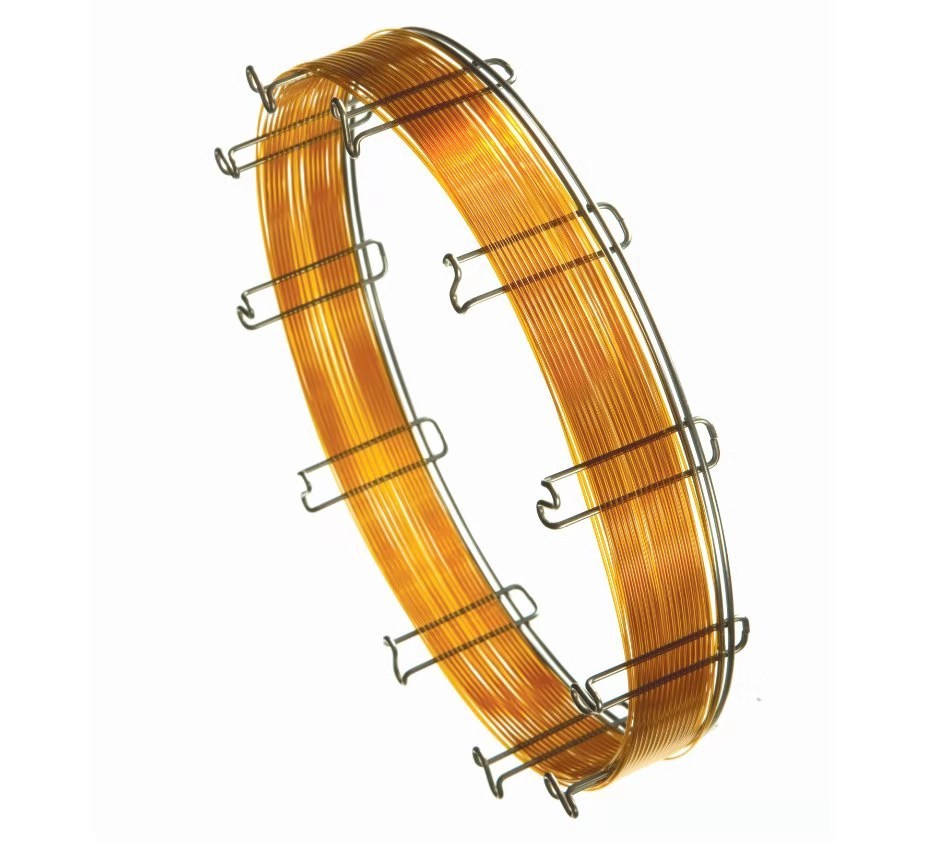推荐厂家
暂无
暂无
1 范围本标准规定了[url=https://insevent.instrument.com.cn/t/Mp]气相色谱[/url]-质谱(GC-MS)法测定动物组织中特布他林、克伦特罗、沙丁胺醇、莱克多巴胺等4种β2-兴奋剂残留量的方法。本标准适用于畜禽肌肉、肝脏、肺、肾等组织中特布他林、克伦特罗、沙丁胺醇、莱克多巴胺等4种β2-兴奋剂残留量的测定。本方法检测限为:特布他林1.0μg/kg、克伦特罗2.0μg/kg、沙丁胺醇1.0μg/kg、莱克多巴胺2.0μg/kg。2 规范性引用文件下列文件中的条款通过本标准的引用而成为本标准的条款。凡是注日期的引用文件,其随后所有的修改单(不包括勘误的内容)或修订版均不适用于本标准,然而,鼓励根据本标准达成协议的各方研究是否可使用这些文件的最新版本。凡是不注日期的引用文件,其最新版本适用于本标准。GB/T 6682 分析实验室用水规格和试验方法3 方法原理试样加入内标物后,用甲醇提取和离子交换固相萃取柱净化,氮气吹干,与N,O-双三甲基硅烷三氟乙酰胺(BSTFA)进行衍生化反应,于[url=https://insevent.instrument.com.cn/t/Mp]气相色谱[/url]-质谱仪上进行测定。内标法定量。 4 试剂和溶液所有试剂,如未注明规格,均指分析纯;所有实验室用水为去离子水,应符合GB/T 6682二级水的规定。4.1 甲醇4.2 乙酸乙酯:色谱纯4.3 氨水4.4 盐酸4.5 0.2mol/L盐酸溶液:取盐酸(4.4)9mL,加水至500mL,摇匀,即得。4.6 30mmol/L盐酸溶液:取0.2mol/L盐酸溶液(4.5)15mL,加水至100mL,摇匀,即得。4.7 无水硫酸钠:450℃干燥12h,备用。4.8 正己烷4.9 甲苯:色谱纯4.10 衍生剂:N,O-双三甲基硅烷三氟乙酰胺(BSTFA)4.11 4%氨水/乙酸乙酯溶液:取氨水(4.3)4mL加乙酸乙酯(4.2)至100mL,超声15min,充分混匀,即配即用。4.12 SLS阳离子交换固相萃取柱○1:每根柱填料量为400mg,柱体积5mL。4.13 标准品:特布他林、克伦特罗、沙丁胺醇、莱克多巴胺,纯度≥98%。4.14 同位素内标物:D9-克伦特罗100μg/mL,D3-沙丁胺醇100μg/mL。4.15 β2-兴奋剂标准储备液:取特布他林、克伦特罗、沙丁胺醇、莱克多巴胺标准品(4.13)10mg,○1 SLS阳离子交换固相萃取柱是由杭州富裕科技服务有限公司提供的产品的商品名称,给出这一信息是为了给本标准的使用者提供方便,而不是标准主管部门对这一产品的认可。精密称定,分别置100mL容量瓶中,用甲醇溶解并定容至刻度,其浓度均为0.1mg/mL,置-20℃以下冰箱中保存,有效期为6个月。4.16 β2-兴奋剂混合标准工作液:分别准确吸取适量的β2-兴奋剂标准储备液(4.15)于同一容量瓶中,用甲醇稀释成含特布他林、克伦特罗、沙丁胺醇、莱克多巴胺均为1.0μg/mL的混合标准工作液,置4℃~8℃冰箱中保存,有效期为1个月。4.17 β2-兴奋剂内标工作液:分别准确吸取适量的β2-兴奋剂同位素内标物(4.14)于同一容量瓶中,用甲醇稀释成含D9-克伦特罗、D3-沙丁胺醇均为1.0μg/mL混合内标工作液,置4℃~8℃冰箱中保存,有效期为1个月。5 仪器设备实验室常用仪器设备和5.1 [url=https://insevent.instrument.com.cn/t/Mp]气相色谱[/url]-质谱仪:配有电子轰击(EI)源5.2 离心机:最大转速9000r/min或以上5.3 组织绞碎机5.4 组织匀浆机:最大转速10000r/min或以上5.5 分液漏斗:125 mL5.6 具塞玻璃试管:5mL,10mL5.7 涡旋混合器5.8 分析天平:感量0.00001g,0.01g5.9 超声波清洗器5.10 离心管:50mL,10mL5.11 氮吹仪5.12 [url=https://insevent.instrument.com.cn/t/9p][color=#3333ff][url=https://insevent.instrument.com.cn/t/9p][color=#3333ff]移液器[/color][/url][/color][/url]:量程20μL~200μL,100μL~1000μL
7. Linearity and Detection LimitsThe next few parts of this guide will provide practical information for the operator in the realization and demonstration of the key performance characteristics designed into their ICP by the manufacturer.I have personally had the opportunity to see the advancement of ICP instrumentation over the past 30 years. Current instrumentation and software provided by manufacturers has gone well beyond anything I could have imagined 30 years ago (and it costs less). In 2004 it takes $3.21 to purchase what cost $1.00 in 1975, yet during this time period the price of ICP instrumentation has gone down while the performance characteristics have improved by orders of magnitude. A 憄ersonal experience?example is the detection limit for K by ICP-OES that has gone from 0.4 ppm to 1 ppb where the 0.4 ppm detection limit was measured on an instrument that in 1975 cost 1.5 times the 2000 price of the instrument that measured the 1 ppb detection limit (taking inflation into account, the 2000 price would be one fifth the 1975 price).Although an ICP instrument can be wheeled into a laboratory and begin collecting data the same day, the operator is encouraged to realize and demonstrate the key performance characteristics of linearity, detectability, and spectral integrity and then go on to make decisions based upon the boundaries of these performance characteristics and the limitations of the analytical problem. Defining and being able to realize your instrument抯 performance characteristic is an investment that will save time over the years to come and allow you to make the right choices.Defining ICP Performance Characteristics The following steps are intended as a practical guide for the determination of an ICP抯 performance characteristics:Read the operating manual and familiarize yourself with the software, key instrumental parameters and preferred settings before the instrument is installed. Most instruments are supplied with optimization and wavelength or mass calibration standards that will be used during set-up by the service technician and are intended for use on a regular basis by the operator. Discuss the optimization process with the manufacturer as well as the preferred settings for the key instrumental parameters.The remaining steps assume that the operator fully understands and is able to perform the optimization process that has been defined by the manufacturer as well as the spectral limitations of the instrument.Select the lines to be studied for each element (憀ines?is used in this document to mean either wavelength or mass). Line selection is based upon spectral interference issues, detection limit requirements and working range requirements. Select as many lines as possible within practicality for each element. The greater the number of lines, the greater the flexibility.Prepare single element standards over the anticipated working range for each element. The range of standards depends upon the analytical requirements. The following ranges are suggestions only:• Radial view ICP-OES: 0.0, 1, 10, 100, and 1000 礸/mL• Axial view ICP-OES: 0.0, 0.1, 1, 10, and 100 礸/mL• Quadrupole (R~ 300) mass filtered [url=https://insevent.instrument.com.cn/t/yp][color=#3333ff]ICP-MS[/color][/url]: 0, 1, 10, 100, and 1000 ng/mLThis step is important because these data can be used to determine instrument detection limits (IDL), linear working ranges, and spectral characteristics such as background equivalent concentrations (BEC) and spectral interferences. With most modern (if not all) instruments, the spectra obtained for each element at each concentration can be saved for review later. In addition, the software will calculate the IDL and BEC plus the linear regression of each line will establish the linear working range. All of this is typically done for the operator by the software that comes with the instrument. If at all possible, attempt to:Use single element standards that have the trace metals impurities reported on the certificate of analysis. Most chemical standards manufacturers provide this information with their single element standards. These data are important in identifying direct spectral overlap interferences and in not identifying an impurity as an interference of this type.Store all spectra on computer and collect the spectra for all lines of interest on each and every solution. This means that if you are interested in possibly using up to 6 lines for roughly 72 elements, then each solution spectrum totaling 72 x 6 = ~ 432 lines per solution and ~ 432 x 5 = 2160 spectra for each element need to be stored for future reference. Most [url=https://insevent.instrument.com.cn/t/yp][color=#3333ff]ICP-MS[/color][/url] applications would require far fewer data to be collected due to the reduced number of lines available and/or feasible.Wash blank acid solution through the instrument for several minutes 慴etween elements?and always analyze a blank at the beginning of each element concentration series. Look for the presence of the prior element analyzed to confirm that it has been completely washed out of the introduction system.Having the data available on a desktop computer is convenient and allows the analyst to construct potential spectra by calling up the element and the anticipated concentration for each element in the analytical sample. Having several lines available makes the job of line selection easy as well as the estimation of the line抯 sensitivity and linearity. Constructing these composite spectra from pure single element solutions eliminates confusion as to the identity of the line. The following example is intended to illustrate the process:Examples of Spectra:NOTE: All spectra were obtained using a concentric glass nebulizer with no problems around salting out or plugging.The following example is for an application where a submitter has been obtaining minor levels (0.1 to 1.0 %) of Cr in an alloy containing roughly equal amounts of Fe and Ni. The laboratory where this alloy is analyzed uses a procedure where 0.2 grams of the sample is dissolved in 5 mL of a 1:1 HNO3 / HCl mixture and diluted to 1000 mL with DI water. The analyst is informed that a limit of detection (LOD = 3SD0) of 1 ppm Cr based upon the original sample and the ability to quantify the Cr to within &plmn 10 % relative at the 10 ppm level is an absolute minimum requirement.The submitter then asks the analyst the usual question, 揑 need the results tomorrow ?can you do it??The analyst does a quick calculation and determines that using the most sensitive Cr line and the current procedure, the lowest possible detection limit is 4 ppm and a more realistic estimation would be ~ 4 times the IDL or ~ 16 ppm. The analyst then pulls up the following spectra, instrument detection limits, and linear regression data which were obtained on their radial view instrument about four years ago when installed using pure single element solutions as described above.
大师王中林发表在Advanced Functional Materials上关于氧化物压电纳米结构的文章,电镜照片堪称艺术品。读后,相信对晶体学,电子显微学基本概念有所帮助。
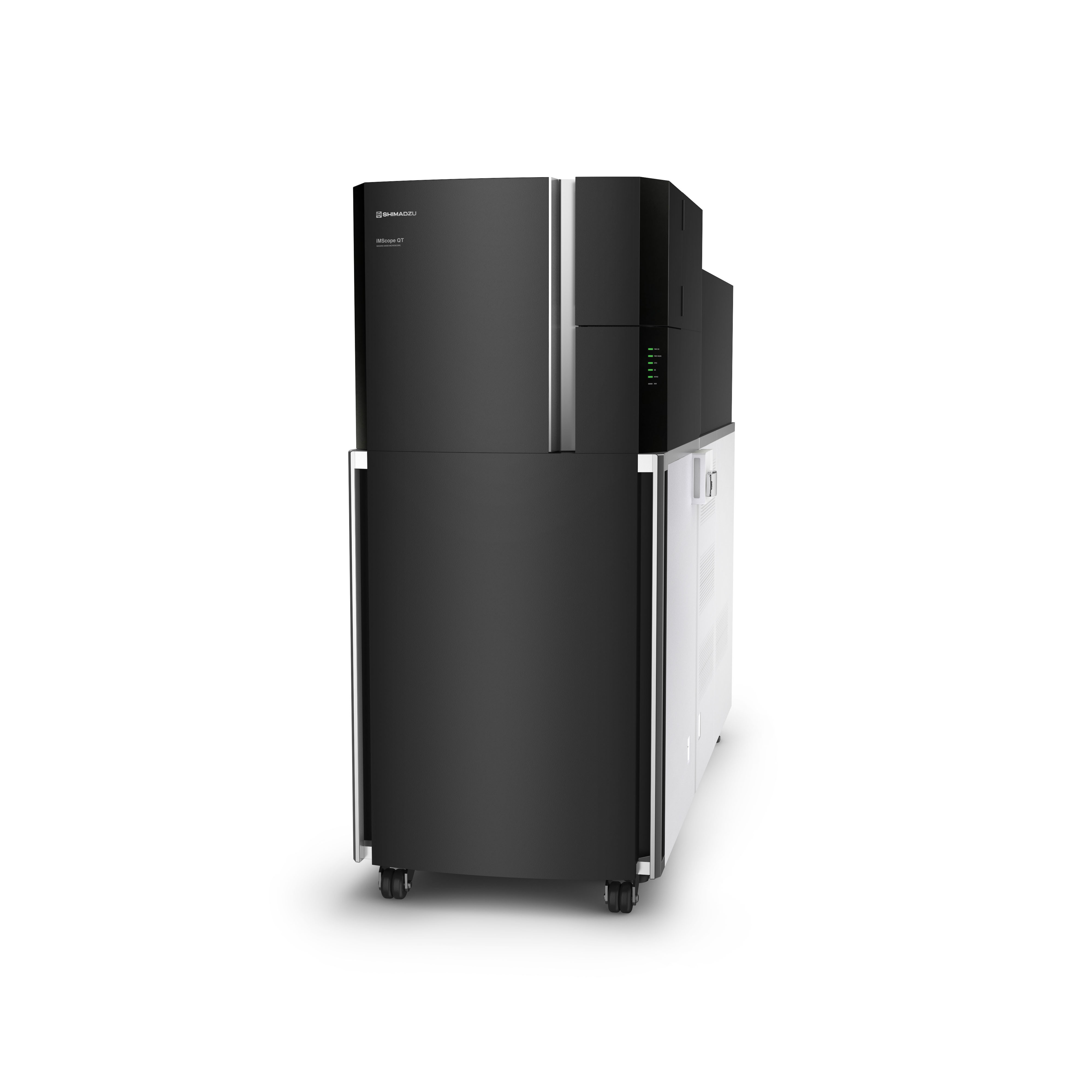
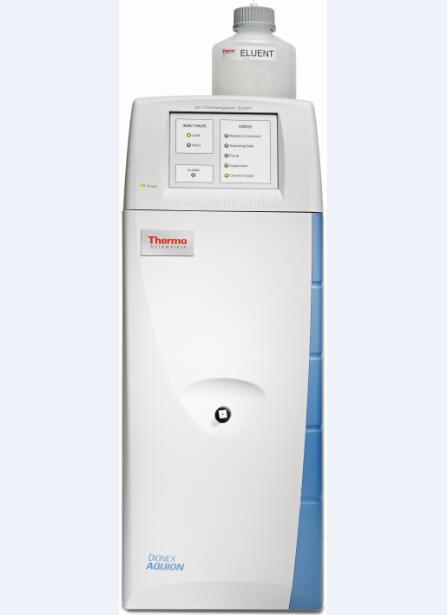
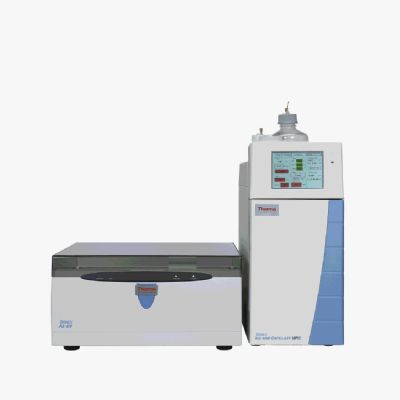

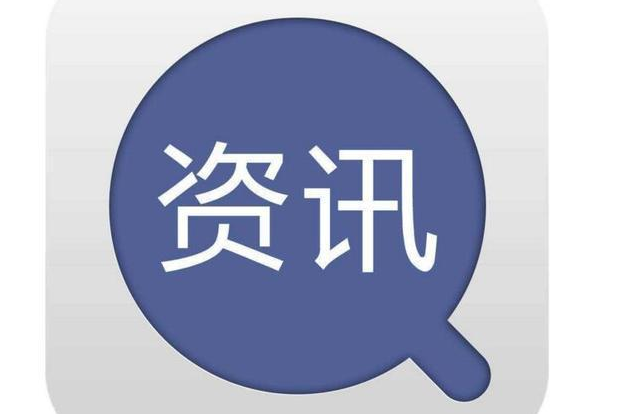


 400-877-2799
400-877-2799
 留言咨询
留言咨询
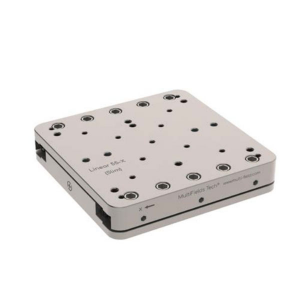
 400-628-5299
400-628-5299
 留言咨询
留言咨询
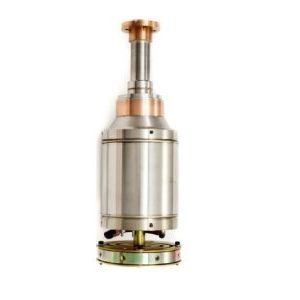
 400-860-5168转3524
400-860-5168转3524
 留言咨询
留言咨询
